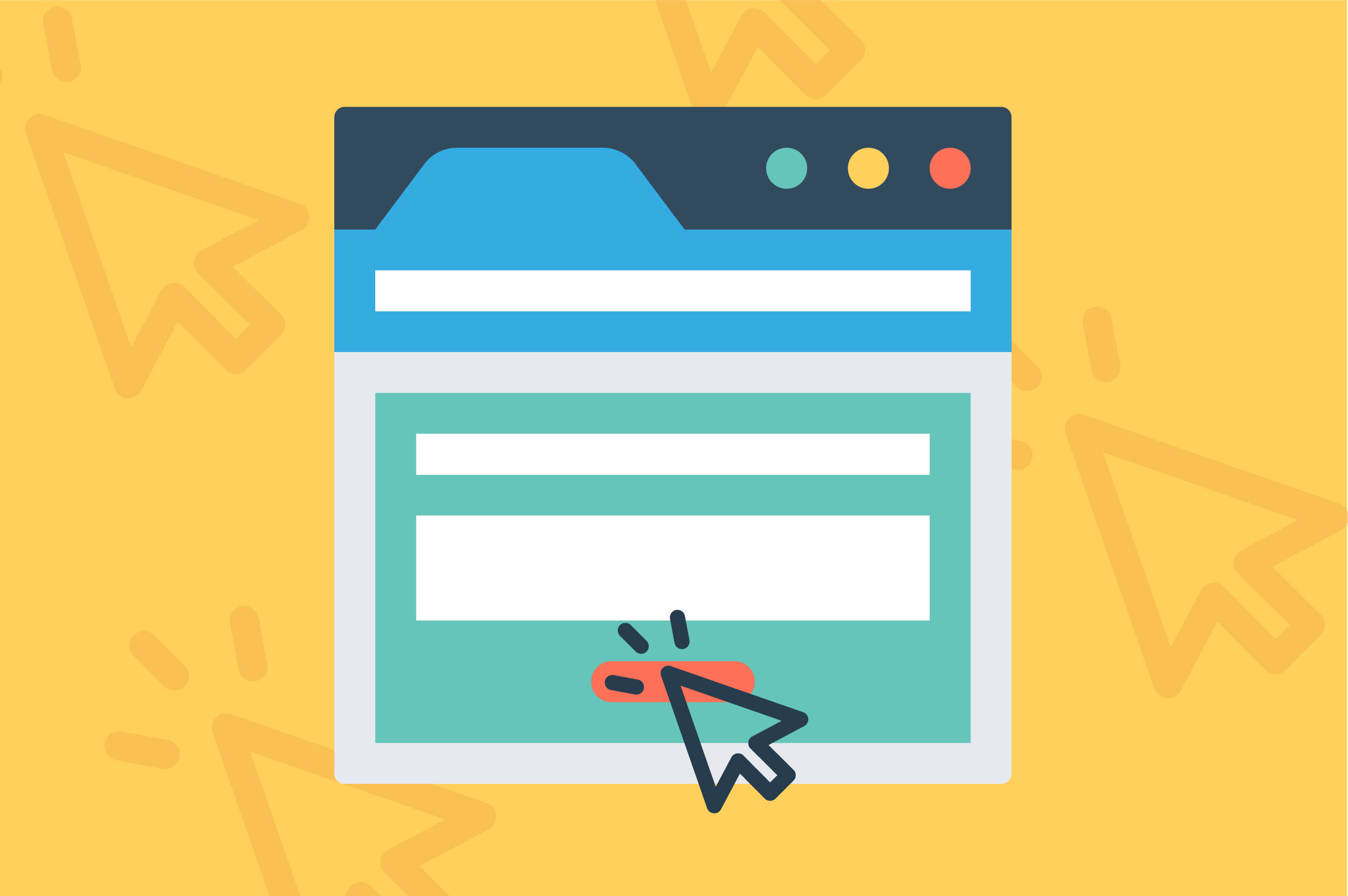Something to Celebrate
Brownboots launches a fresh new website for Farmers National Bank in Ohio.

10/28/20
Unless you’re Wikipedia, your website needs clear calls to action (CTAs).
FYI: you’re not Wikipedia. No, you’re both a B2C and B2B company, one that wants to connect customers to the optimal products and services you offer. Beyond that, bank websites should encourage prospects to become customers.
That’s where CTAs come in.
While most of your website copywriting will be informational in nature, it can be all too easy to forget that once a visitor reaches the bottom of a webpage, they are going to do something.
Maybe they’ll search the navigation for a different page. Maybe they’ll close their browser altogether. Or maybe they’ll find a strategic CTA to help them and you.
Consider this CTA FAQ:
Visitors to bank websites will navigate through the content in a variety of ways, some expected and some unexpected. Tutorial videos, financial calculators, expanding/collapsing accordions — all of these are acceptable user behavior.
But what do you want the visitor to do after consuming your content?
From an inbound marketing perspective, a CTA is your goal for visitor activity. To be blunt, your CTAs should bring the visitor closer to a conversion, leveraging text links, images, banners and buttons to take them to your preferred destination.
With CTAs, less is more because too many competing options muddy the waters. Always try to focus on one or two primary CTAs that pertain to that page’s specific audience(s).
Some familiar CTAs across all websites are “Sign up,” “Subscribe,” “Join,” “Share,” “Read more” and “Download,” though how financials use CTAs can be customized further.
While banks and credit unions continue to digitize the conversion process, some products and services are more nuanced and, therefore, less conducive for “automation” on your bank website. In those instances, it’s appropriate to direct your online visitor to an offline resource.
Here are some examples:
If you want your bank website to do more of the heavy lifting, we recommend these advanced CTAs:
P.S. BrownBoots’ simple CMS can accommodate all of these elements.
The Age of Brochure Websites ended long ago. Beef up your bank website with enticing CTAs that convert prospects into customers.
Brownboots launches a fresh new website for Farmers National Bank in Ohio.
A new website for The Dolores State Bank showcases their updated branding and their community.
Capitol Bank of Wisconsin and Security National Bank of Nebraska are both new additions to the ever-growing BrownBoots roster of clients.